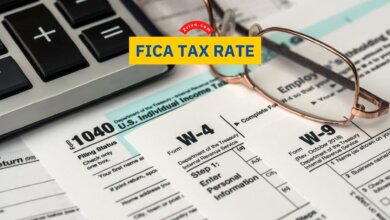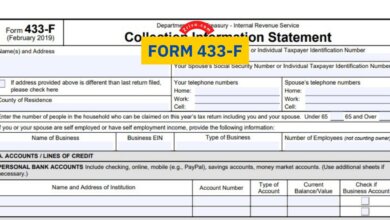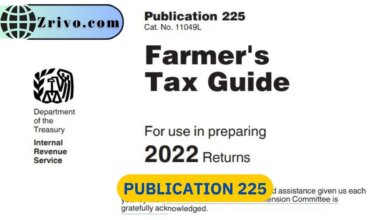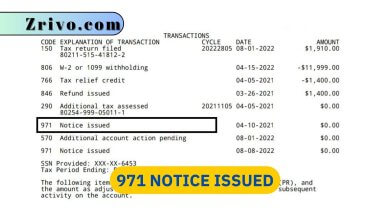Moving Costs
Moving is an exciting time for anyone but it can be stressful and costly. Fortunately, many of these expenses can be tax-deductible.

Moving Costs are the out-of-pocket costs of transporting household goods and personal property from one location to another. These expenses include the cost of hiring a moving company, hauling your belongings in a trailer, packing and crating them, storing them, and insuring them while they’re being transported. These are deductible if you meet certain conditions. The IRS lists three tests to determine if your move is tax deductible:
- The distance test
- The time test
- The employment requirement.
- You’ll also need to fill out IRS Form 3903 to report your expenses.
The distance test states that you must move at least 50 miles away from your old home to claim your moving costs as a deduction. This is especially important if you have children or pets you must take with you when you leave. In addition, you must work full-time in your new area for at least 39 weeks during the first 12 months after you arrive. The time test is less clear, but you must be on the job at your new location for a significant period of time.
Your employer might also reimburse you for your moving costs, which is an additional benefit that can be tax deductible. Look at your W-2 form to see if your employer has this option. If you do, you must report your moving expenses and return any excess reimbursements to your employer. A moving allowance is a way for an employer to help its employees cover their relocation costs, including professional movers. It’s considered a fringe benefit and is generally taxed the same as tips, commissions, or bonuses.
You can use a moving cost calculator to estimate your moving expenses. If they’re tax deductible, you can file your taxes accordingly. This can save you money and stress down the road when you’re filing your tax return. When you’re moving, you might need to buy furniture and other items for your new place. The cost of this will vary based on where you’re moving and what you need. Whether you’re moving across state lines or from a different country, these expenses can add up quickly. You’ll also have to pay for a car license and registration, travel costs, food, and fuel as you make your way to your new home.

Moving Expenses Deduction
You can deduct your moving expenses if you meet certain criteria. The IRS requires that your move be closely related to your new job and pass a test of distance. Specifically, your new workplace must be at least 50 miles farther away from your old home than your previous job.
You also must have started working in the new location within one year of your move to qualify for this deduction. If you’re an employee, the employer must reimburse your moving expenses, but if you’re self-employed or work for an agency, you must pay for those reimbursements yourself.
The IRS has a pretty clear list of what counts as moving expenses. It includes packing supplies, a professional mover, and any transportation costs you incur to get from your old home to your new one.
Fortunately, you can save money on your move by doing as much of it as possible. That means packing, loading, and unloading your own belongings, renting a truck or moving a container, and hiring professional movers when you need help.
But beware: The Tax Cuts and Jobs Act of 2017 suspended the ability to deduct moving expenses for most taxpayers beginning in 2018. In 2022, the TCJA will return a moving expense exclusion only to members of the military and qualified employers.
If you’re not sure whether you can qualify for a moving expense deduction, speak with a tax expert. They can help you figure out if you can claim the deduction and how to apply for it. Moreover, they can explain any additional tax benefits you may have.





